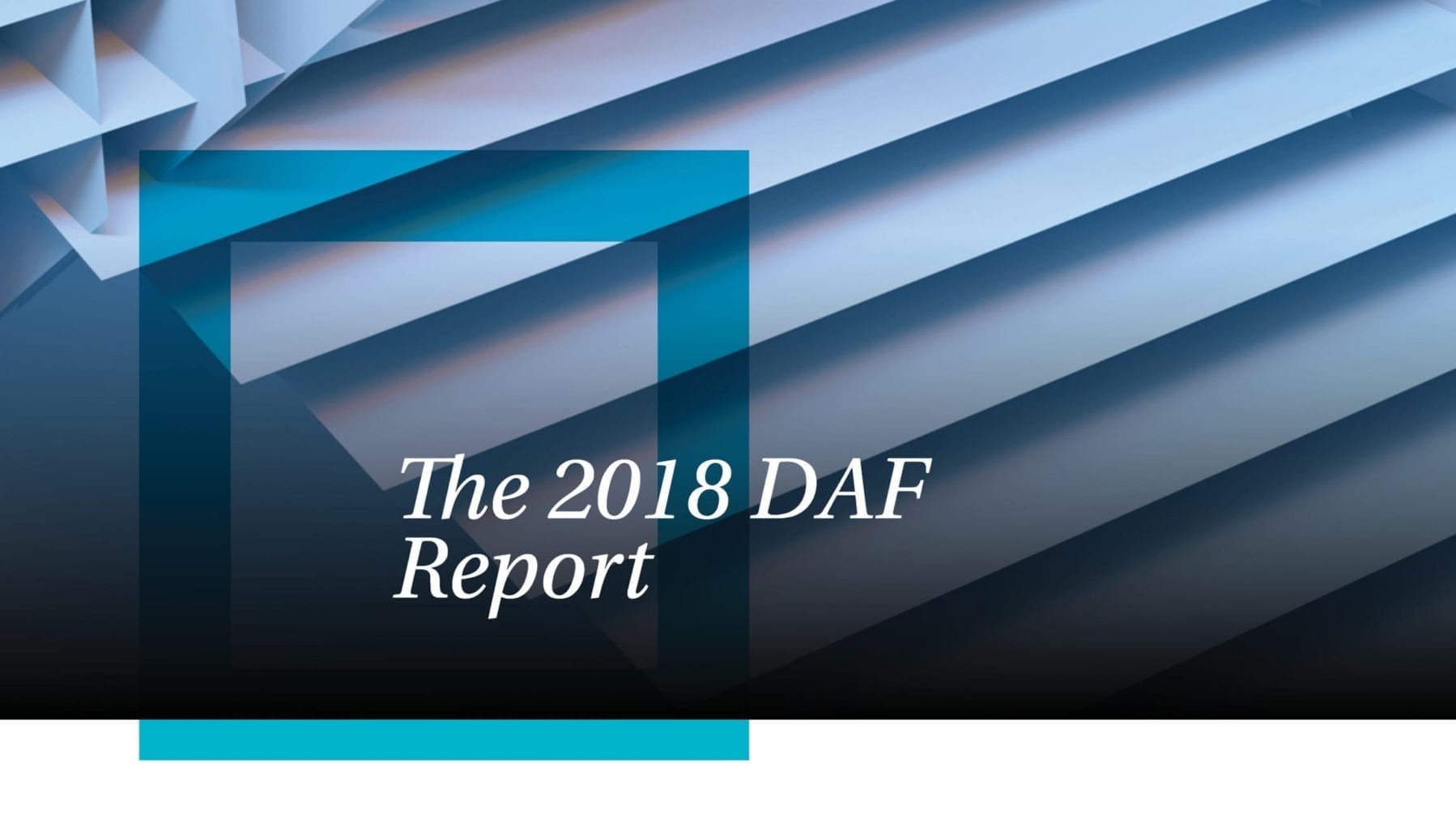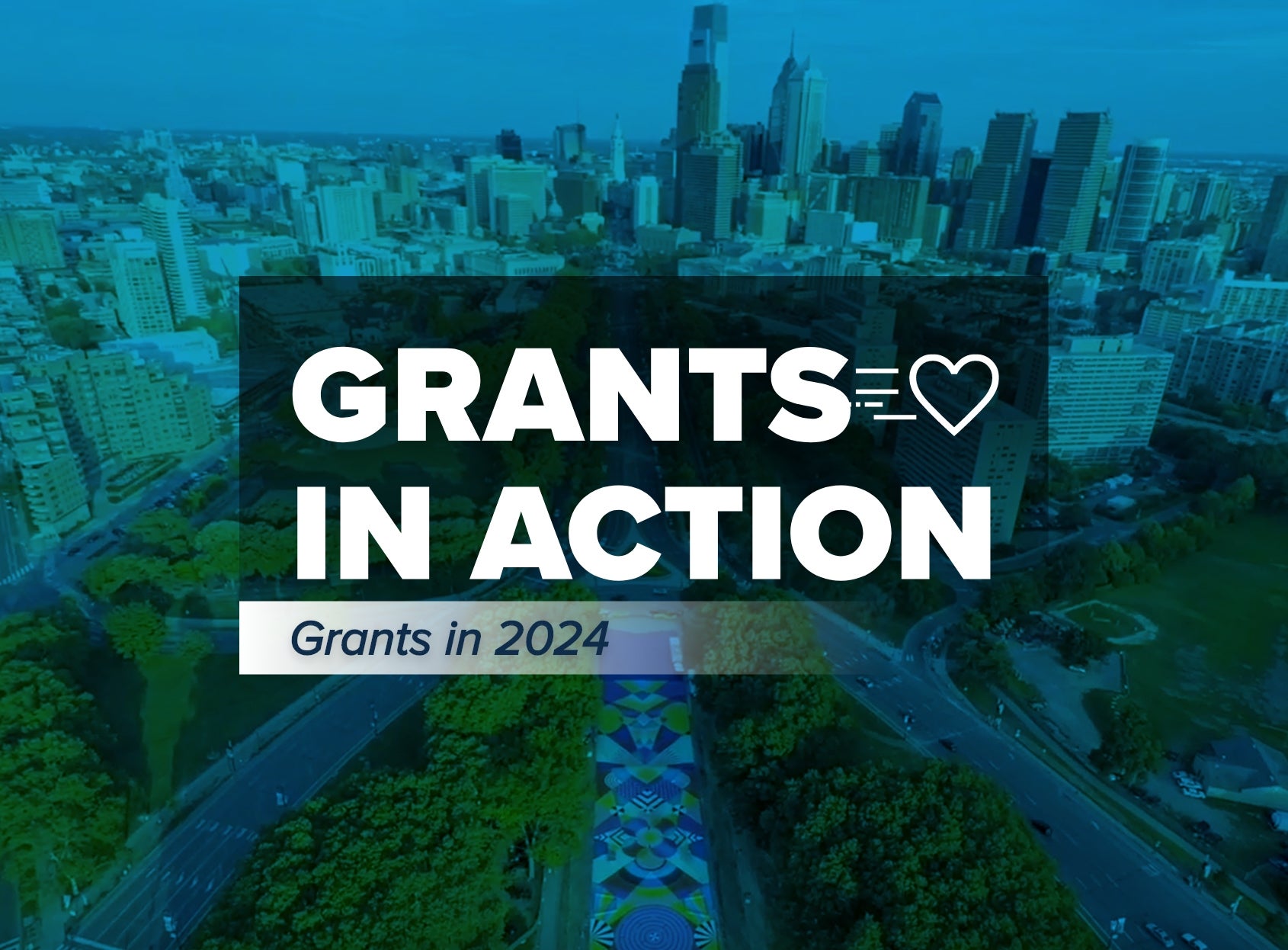Findings from our 2018 Donor-Advised Fund Report

Last month, we released our 2018 Donor-Advised Fund Report. We produce this report annually as a public service to our sector and those interested in donor-advised funds. Our report has become the industry-leading source for donor-advised fund data.
In its 12th year, our report found record highs in every metric. The latest findings about donor-advised funds include:
- There are more than 460,000 individual donor-advised funds in the U.S., a 60% jump from the prior year
- Those donor-advised funds hold over $110 billion in charitable assets, a 27 percent increase, all of which is will be used for charitable purposes
- Grants from donor-advised funds increased to $19 billion, and outpaced year-over-year contribution growth for the fourth time in five years
- Contributions to donor-advised funds totaled over $29 billion, an all-time high
Growth in donor-advised funds reflects the charitable instinct Americans, who are among the most generous donors in the world. Tax reform drove many to ‘pre-fund’ their philanthropy in 2017 when the value of their tax deduction could be higher. A booming stock market and a tense political climate spurred generosity and helped donors support the values and causes they embrace.
Growth in grants from DAFs to charities—large and small—have outpaced contributions for four out of the last five years. The 2016 to 2017 period saw the fastest rate of growth in DAF grantmaking in several years. We predict that grants from DAFs to charities will exceed $20 billion in 2018.
For the first time, the Donor-Advised Fund Report includes a brief analysis of the types of assets contributed to donor-advised funds. The limited data set we compiled represents approximately 60 percent of the total contributions in 2017. Of those contributions, approximately 60 percent were non-cash assets. The vast majority of non-cash asset contributions are publicly-traded securities, but we also see donors turning their business interests, real estate, fine art and jewelry into charitable capital. We saw an increase in these illiquid asset contributions six years ago. DAFs make it easier for donors to turn these assets into charitable grants for the organizations that mean most to them. We anticipate contributions of illiquid assets will continue to increase in the coming years.
First established nearly 100 years ago, DAFs have evolved into an important giving vehicle for donors and steady funding source for charities. The Next Generation is adopting them because of their flexibility and simplicity. We are in the midst of a transformative era in the history of philanthropy. The surge in number of individual DAFs reflects donors’ interest in being active and strategic with their philanthropy. Many DAFs offer the opportunity to align their charitable capital with their financial goals and personal values. For example, donors are starting to choose impact investments for their DAF contributions to double the impact of their philanthropy. We are seeing emerging, innovative models that capitalize on the efficiency and flexibility of DAFs, including crowdfunding and workplace giving. This evolution of giving means new opportunity for donors and charities alike.


